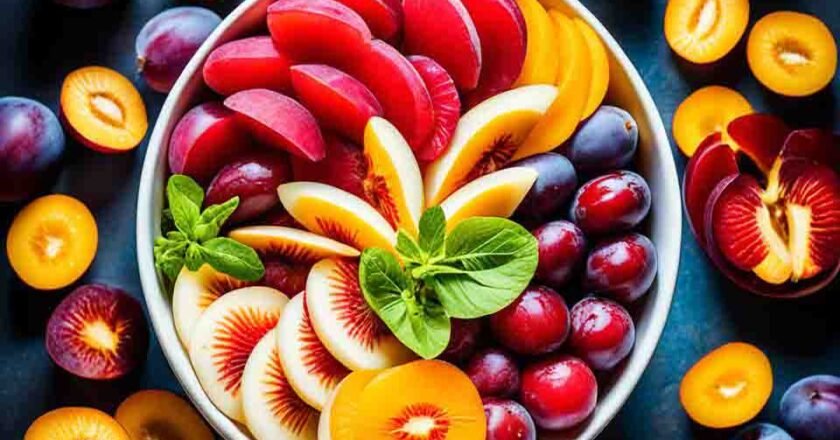The Influence of Japanese Buddhist Art and Architecture
Buddhism changed Japanese art and architecture from the 6th to the 16th centuries. It came from China through Korea, bringing new art styles. This led to unique buildings and art that mixed Buddhist and Shinto styles. Look at the Shaka Triad by Tori Busshi and the Phoenix Hall of Byōdō-in. They show how East Asian Buddhist art mixed with Japanese culture. Over time, Japanese Buddhist art grew, leaving behind many important works that still amaze us today.
Key Takeaways Buddhism greatly changed Japanese art and architecture from the 6th to 16th centuries.
It came from China via Korea, bringing new art styles.
Works like the Shaka Triad by Tori Busshi are famous examples.
The Phoenix Hall of Byōdō-in is a UNESCO site showing Buddhist architecture.
East Asian Buddhist styles mixed...










